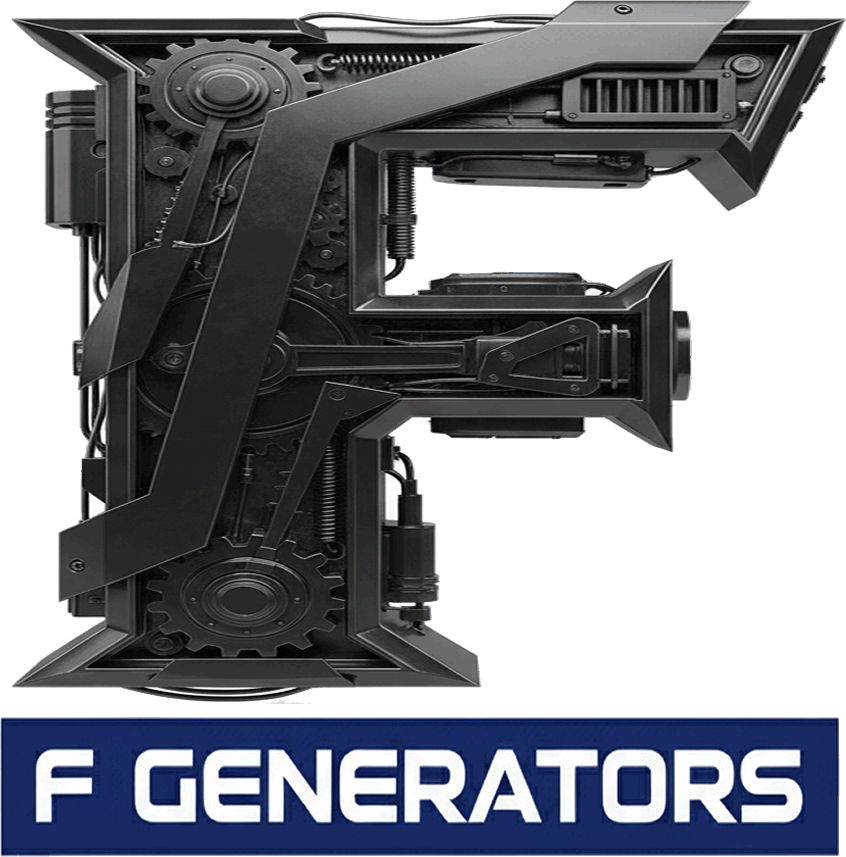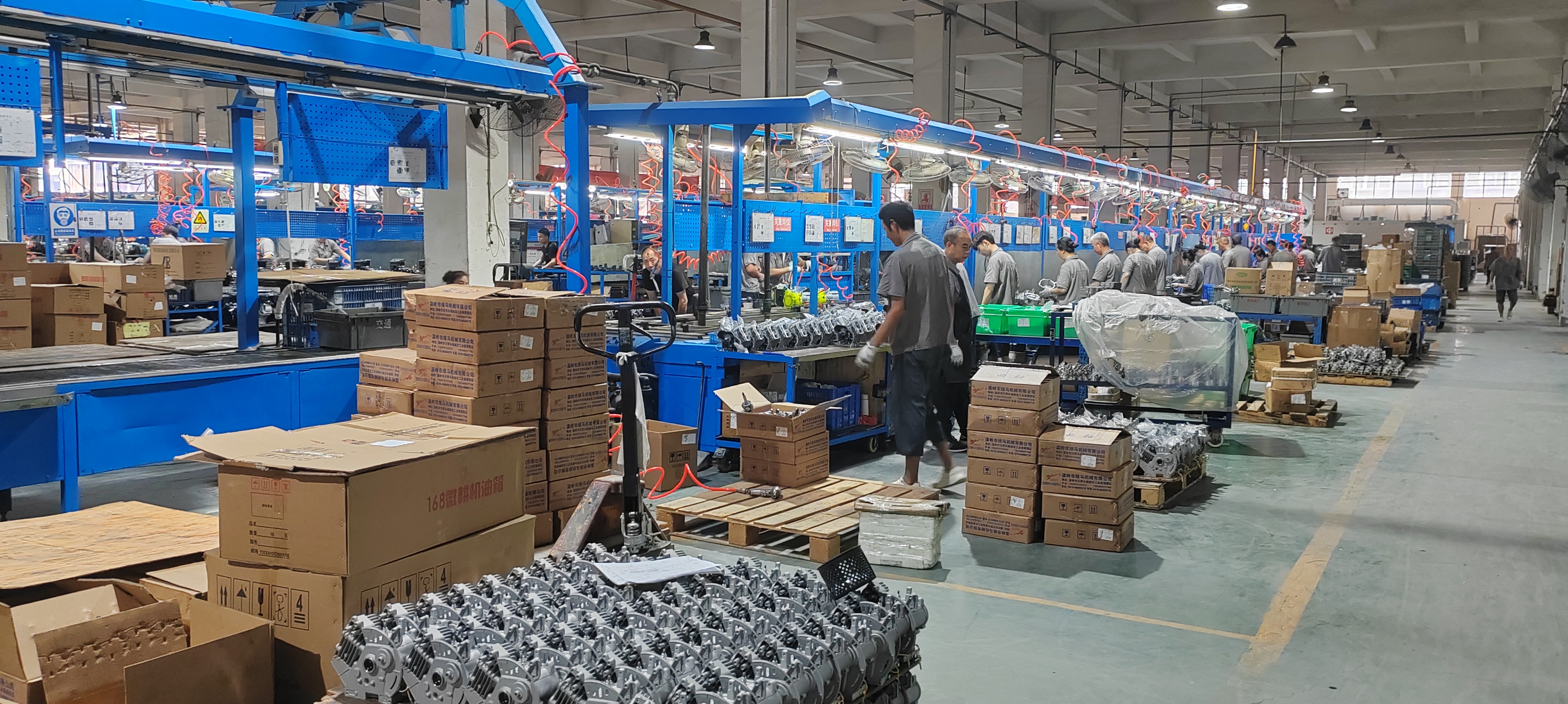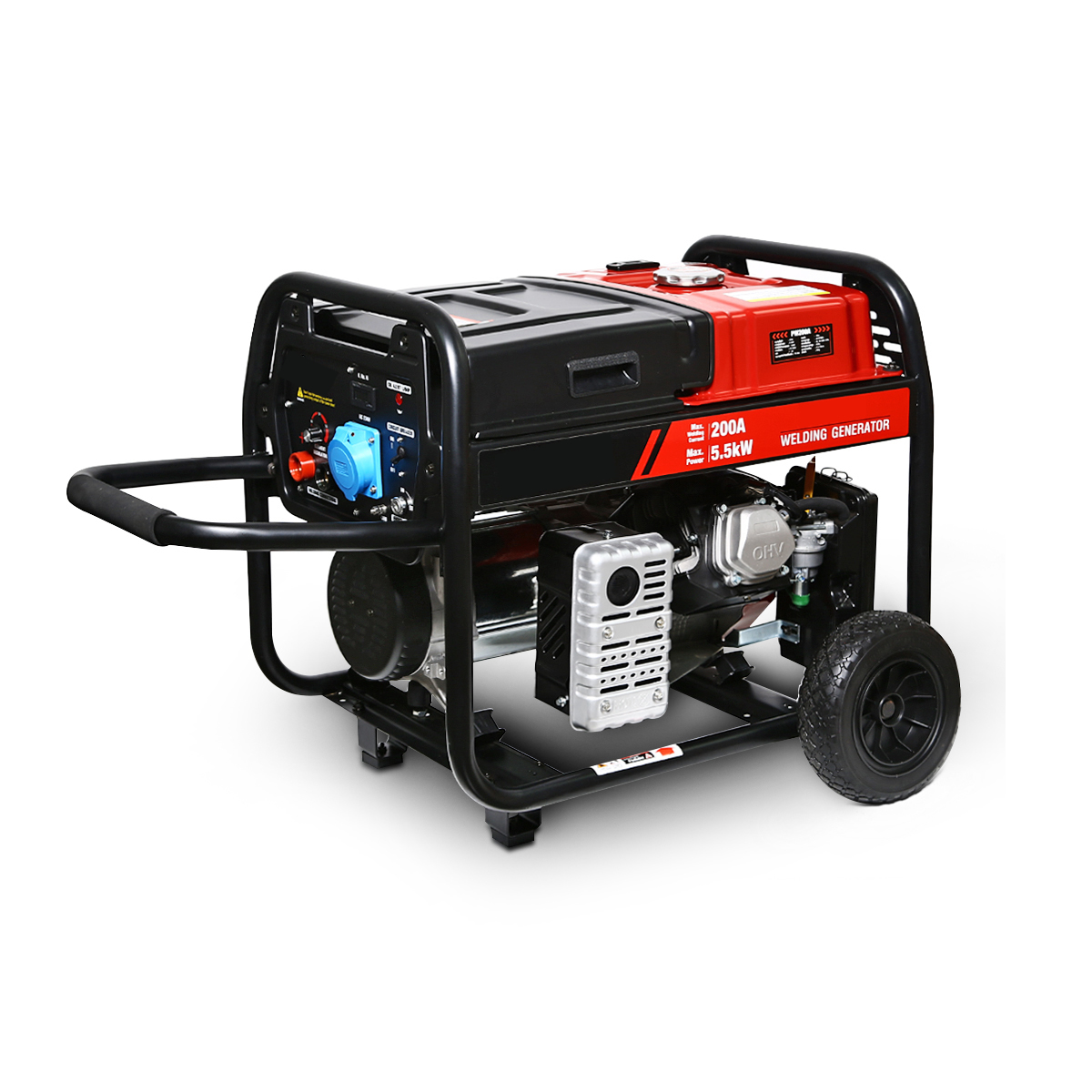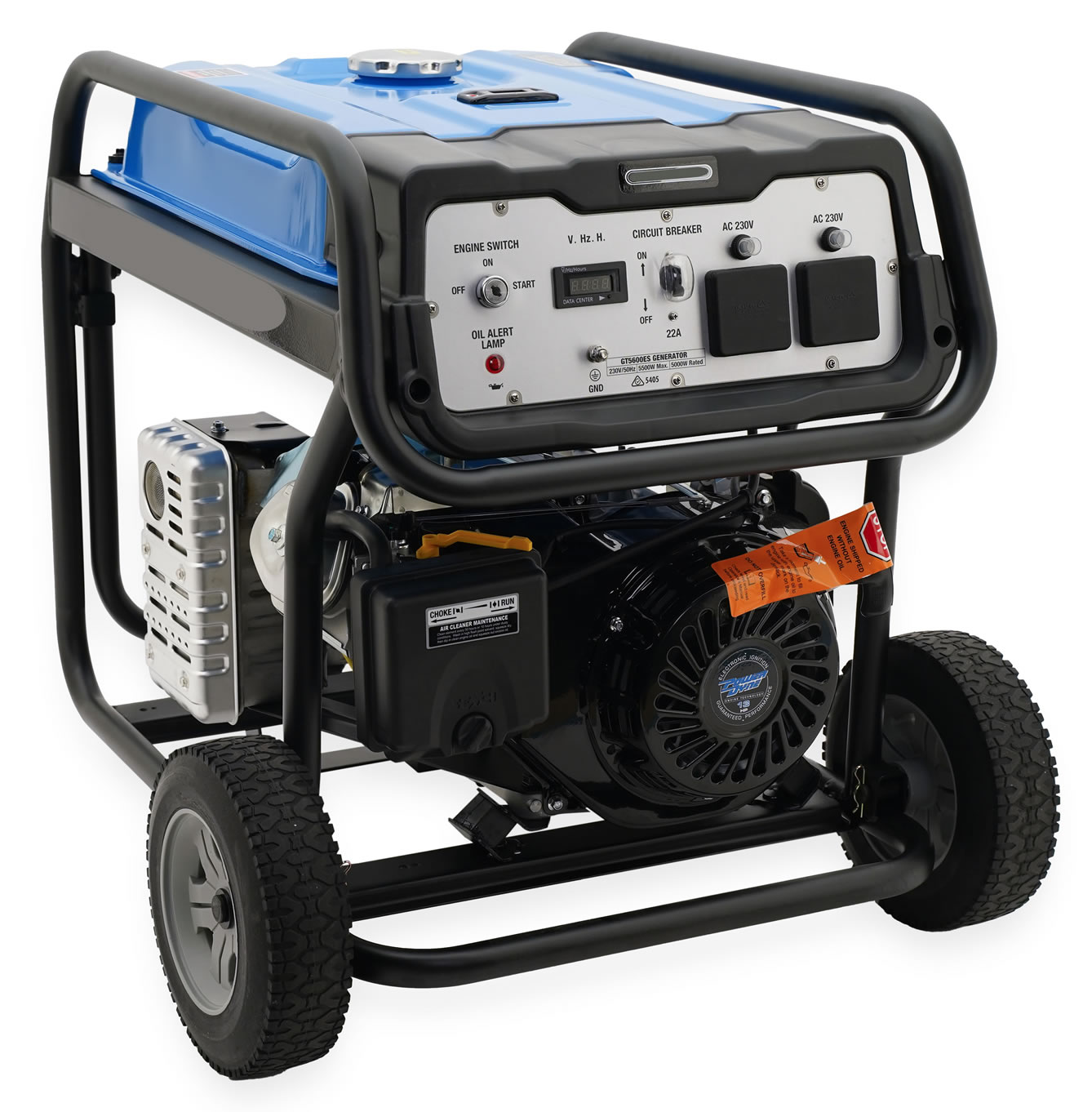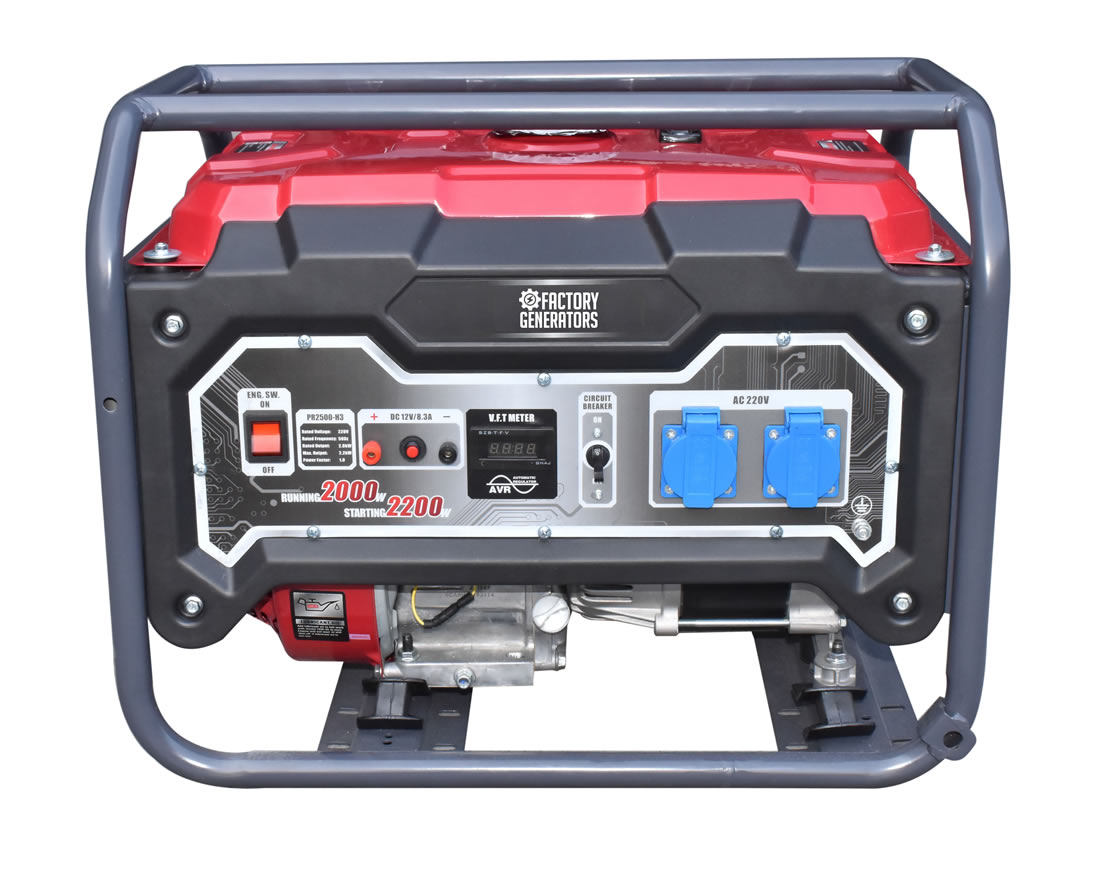How to Choose a Reliable Generator Supplier in China: A 10-Point Checklist
Sourcing generators directly from China is no longer a niche strategy for industry giants; it’s a mainstream pathway to competitive advantage for businesses of all sizes. The country’s manufacturing ecosystem offers an unparalleled combination of scale, technological diversity, and cost-effectiveness. Whether you’re looking to import rugged, contractor-grade portable generators for job sites or sophisticated, quiet inverter home generators for residential backup power, China is the global epicenter.
However, this land of opportunity is also fraught with peril. The digital veil of B2B platforms can obscure the vast difference between a world-class manufacturer and a hastily assembled trading company. A wrong partnership can lead to catastrophic quality issues, shipping delays that cripple your supply chain, and after-sales support that vanishes when you need it most. The initial appeal of a low unit price can quickly evaporate into the high cost of recalls, reputational damage, and lost customers.
As a veteran in the power generation industry, I’ve witnessed both spectacular successes and devastating failures in sourcing from China. The difference almost always comes down to one thing: rigorous, systematic due diligence. This is not about finding the cheapest quote. It’s about forging a partnership with a supplier who is an extension of your own commitment to quality and reliability.
This is your definitive 10-point checklist from Factory Generaters. Consider it your field guide to navigating the complex landscape of Chinese generator manufacturing and identifying a supplier you can build a business on.
1. Beyond the Alibaba Gold Star: Deep-Dive Company Verification
The first step is to pierce the marketing facade. A glossy website or a “Gold Supplier” badge on a B2B platform is merely the starting line, not the finish. True verification requires digging into the supplier’s corporate identity.
Actionable Steps:
- Request the Business License: Ask for a clear, high-resolution copy of their official business license (营业执照, yíngyè zhízhào). This document contains critical information, including the registered company name, legal address, registered capital, and, most importantly, the “Business Scope” (经营范围, jīngyíng fànwéi).
- Analyze the Business Scope: Does their scope explicitly state “manufacturing,” “production,” and “research and development” of generators (发电机, fādiànjī)? If it only lists “sales,” “trading,” or “export,” you are likely dealing with a trading company, not the actual factory. While trading companies can serve a purpose, for long-term quality control and technical collaboration, you want a direct line to the manufacturer.
- Verify Registered Capital: While not a perfect metric, a significantly higher registered capital (e.g., several million RMB) often indicates a more substantial, established operation compared to one with the minimum required capital.
- Use Third-Party Verification: For a nominal fee, numerous services can provide an official report on a Chinese company’s registration status, legal history, and operational standing. This is a small investment that can prevent a massive loss.
Red Flag: A supplier who is hesitant or unwilling to provide their business license is an immediate and non-negotiable red flag.
2. Engineering Prowess and R&D Capabilities
Are you partnering with a simple assembler or a genuine engineering powerhouse? An assembler might be able to produce a basic “clone” generator, but a true manufacturer with strong Research & Development (R&D) capabilities can innovate, customize, and troubleshoot effectively. This is the difference between an OEM (Original Equipment Manufacturer) and an ODM (Original Design Manufacturer).
- OEM: They build generators to your exact specifications.
- ODM: They have their own existing designs and technologies which they can modify and brand for you.
A strong ODM partner is invaluable, as they bring their own engineering expertise to the table, often resulting in a superior final product.
Actionable Steps:
- Inquire about their Engineering Team: How many engineers do they employ? What are their qualifications? Do they have dedicated teams for mechanical, electrical, and software (for digital inverters) design?
- Discuss Customization: Propose a hypothetical modification. For instance, “Could you integrate an automatic transfer switch (ATS) port with custom logic for one of our home generators?” or “Can you develop a specific frame design for a line of portable generators to reduce vibration?” Their response will reveal their technical depth. A true manufacturer will engage in a technical dialogue; an assembler will likely give a vague or negative answer.
- Ask about Patents and Innovations: A manufacturer who invests in R&D will be proud of their patents and unique design features. Ask them what makes their generators technologically superior to the competition.
3. Comprehensive Quality Control (QC) Systems: The Non-Negotiable
This is the absolute heart of a reliable supplier relationship. A low price means nothing if 20% of your shipment is defective. A mature generator factory will have a robust, documented QC process that is integrated into every stage of production.
Actionable Steps:
- Demand ISO 9001 Certification: This is the international standard for a Quality Management System (QMS). While it doesn’t guarantee a perfect product, it proves the factory has established and follows formal processes for quality. Ask for their certificate and verify its validity.
- Understand their QC Process: A professional QC system includes:
- IQC (Incoming Quality Control): How do they test raw materials and key components like engines, alternators, and AVRs (Automatic Voltage Regulators) before they enter the production line?
- IPQC (In-Process Quality Control): What checks are performed during assembly? Are there defined quality gates that a unit must pass before moving to the next stage?
- FQC (Final Quality Control): Every single generator should be individually tested before packaging. Ask for a copy of their standard FQC report. It should include load testing (e.g., at 25%, 50%, 75%, 100%, and 110% of rated load), voltage regulation checks, frequency stability, and a full functional test of all outlets and features.
- Ask about Testing Equipment: Do they have professional load banks, oscilloscopes, sound level meters, and endurance testing cells? A factory that has invested in proper testing equipment is serious about quality.
4. International Certifications and Compliance
A generator that cannot be legally sold in your target market is worthless. Navigating the web of international standards is complex, and a reliable supplier will be your expert guide, not a confused bystander. They should have extensive experience in meeting the specific requirements for major markets.
Key Certifications to Look For:
- CE (Conformité Européenne): Mandatory for products sold within the European Economic Area. It covers safety, health, and environmental protection standards.
- EPA (Environmental Protection Agency): Essential for selling gasoline or diesel engines in the United States. They set strict emissions standards. A generator without an EPA-certified engine is a non-starter for the US market.
- CARB (California Air Resources Board): Even stricter emissions standards required for sale in California. CARB compliance is often seen as a gold standard.
- CSA (Canadian Standards Association): Often required for products sold in Canada.
- EMC (Electromagnetic Compatibility): Ensures the generator doesn’t interfere with other electronic devices, a crucial factor for modern inverter generators used to power sensitive electronics.
When discussing certifications, a good supplier will be able to produce the actual certificates and test reports from accredited labs (like TÜV, SGS, or Intertek).
5. Scrutinizing the Supply Chain and Component Sourcing
A generator is only as good as its weakest component. The brand and quality of the engine and the alternator are the two most critical factors determining performance and longevity. A top-tier supplier will be transparent about their component sourcing.
Key Components to Investigate:
- The Engine: This is the heart of the generator. Many Chinese suppliers use clones of Japanese engines (e.g., Honda GX series). However, the quality of these clones varies immensely. Ask for the specific engine manufacturer. Reputable Chinese engine brands include Loncin, Zongshen, Rato, and Ducar. A factory that uses high-quality, branded engines is making a statement about their commitment to reliability.
- The Alternator: This is what produces the electricity. The key factor here is the winding material. Insist on 100% copper windings. Copper has superior conductivity and heat resistance compared to aluminum or copper-clad aluminum (CCA), which is a common cost-cutting measure in low-quality generators that leads to overheating and premature failure.
- The AVR (Automatic Voltage Regulator): A high-quality AVR provides stable, “clean” power, which is essential for protecting sensitive electronics. Inquire about the quality and supplier of their AVRs.
A reliable supplier will happily discuss these details and may even offer options for different tiers of components to meet your target price and quality points.
6. Production Capacity and Lead Time Realism
You need a supplier who can grow with you but who is also honest about their capabilities. Unrealistic promises about lead times are a classic sign of a desperate or disorganized factory.
Actionable Steps:
- Inquire about Factory Size and Staffing: How many square meters is their facility? How many workers are on the assembly lines?
- Clarify Production Lines: Do they have dedicated lines for different types of products, such as industrial diesel sets versus consumer portable generators? This indicates a more organized and efficient operation.
- Ask for Monthly Output: What is their genuine monthly production capacity? Cross-reference this with the factory’s size and staffing to see if it’s realistic.
- Discuss Lead Times Seasonally: Lead times can fluctuate significantly, especially before Chinese New Year. A professional supplier will communicate this proactively and help you plan your inventory accordingly. A typical lead time for a container order might be 30-45 days after the deposit is received. Anything significantly less might be a red flag.
7. Communication, Responsiveness, and Technical Support
This is the “human” element, and it’s critically important. You are entering a long-term business relationship with people on the other side of the world. Clear, prompt, and technically proficient communication is the bedrock of this relationship.
Evaluation Criteria:
- English Proficiency: Are their sales and technical staff fluent in English? Miscommunications regarding technical specifications can be disastrous.
- Response Time: How quickly do they respond to your emails? A 24-hour turnaround (accounting for time differences) is a reasonable expectation. Consistently slow or vague responses during the vetting process will only get worse after they have your money.
- Post-Sales Support: This is where many suppliers fall short. Ask pointed questions about their warranty policy. How do they handle a warranty claim? Will they ship spare parts free of charge? What is the process? Do they have technical staff who can help diagnose a problem via video call? A supplier who has a clear, well-defined after-sales process is one who stands behind their product.
8. The Factory Audit: Virtual or On-the-Ground
You wouldn’t buy a house without inspecting it. Don’t invest tens of thousands of dollars in inventory without auditing the factory.
- On-the-Ground Audit: This is the gold standard. Either visit yourself or hire a reputable third-party inspection company based in China. This is a non-negotiable step before placing a large order. You will see their QC processes, production lines, and warehouse management in action. You can verify if they are the actual manufacturer and assess the true scale and professionalism of their operation.
- Virtual Audit: In today’s world, a live video audit is a viable preliminary step. Ask your contact to walk you through the factory floor with a live video call. Ask them to show you the engine inventory, the alternator winding station, the testing bays, and the final assembly line. While not as thorough as an in-person visit, it’s a powerful tool for weeding out fraudulent or misrepresented suppliers.
9. Analyzing Price vs. True Cost: The Total Cost of Ownership
The cheapest generator is rarely the least expensive. Your goal is not to find the lowest Free on Board (FOB) price; it’s to find the best value and the lowest Total Cost of Ownership (TCO).
A cheap portable generator might save you $40 per unit upfront, but if it has a high failure rate, the costs of warranty claims, customer service hours, replacement units, and damage to your brand’s reputation will far exceed those initial savings.
Consider this simple equation:
$TCO = \text{Unit Price} + \text{Shipping & Tariffs} + (\text{Failure Rate} \times \text{Cost of Failure})$
A supplier who offers a slightly higher price but uses a 100% copper alternator and a branded engine will dramatically lower your “Cost of Failure,” resulting in a much lower TCO and higher profitability in the long run. Don’t be penny-wise and pound-foolish.
10. Reference Checks and Sample Evaluation
The final proof is in the pudding. Before you wire a 30% deposit for a full container load, you must conduct these two final verification steps.
- Ask for References: Request contact information for a few of their current clients, preferably in a non-competing region like North America, Europe, or Australia. A confident, reliable manufacturer will have happy customers who are willing to vouch for them. Be specific: “Could you connect me with a client you’ve been working with for over two years in the USA?”
- Order a Sample: Never place a bulk order without first getting a sample unit. And don’t just look at it—test it to its limits. Run it under a full load for an extended period. Check the voltage and frequency stability with a multimeter. Have a mechanic inspect the engine and build quality. Compare its performance against its stated specifications. Does the 3000-watt generator actually produce 3000 watts continuously? This hands-on evaluation is your single best predictor of the quality you will receive in your bulk shipment.
Conclusion: Building a Partnership, Not Just Placing an Order
Choosing a generator supplier in China is one of the most critical decisions your business will make. By moving beyond surface-level metrics and applying this rigorous 10-point checklist, you transform the process from a gamble into a calculated, strategic decision.
The goal is to find a partner who is invested in your success, who views your brand as an extension of their factory, and who understands that quality is the universal language of good business. The path to successfully importing high-quality Diesel or Gasoline Generators, including industrial home generators and portable generators, is paved with meticulous research and due diligence. Take your time, trust the process, and build a relationship with a supplier that will power your company’s growth for years to come.
